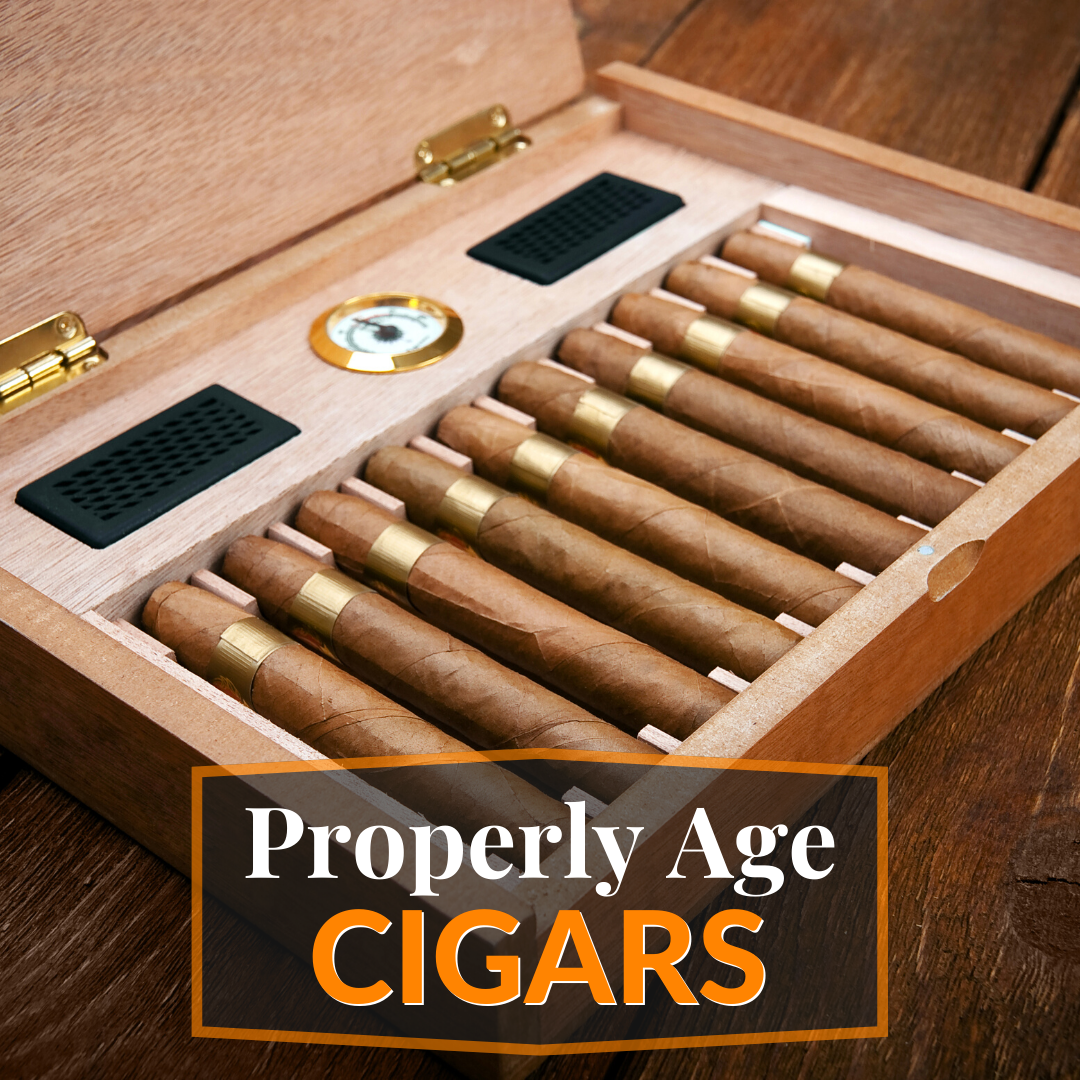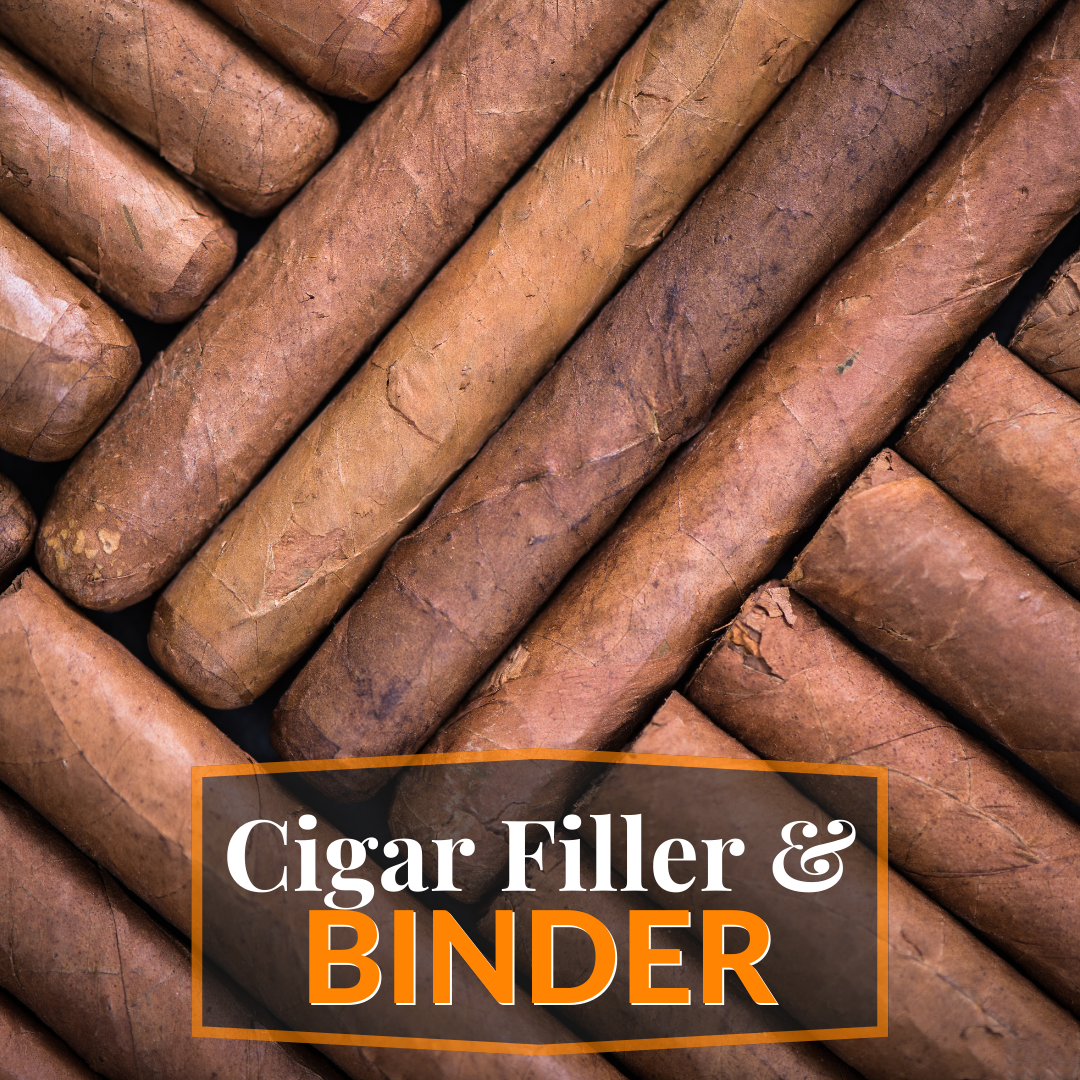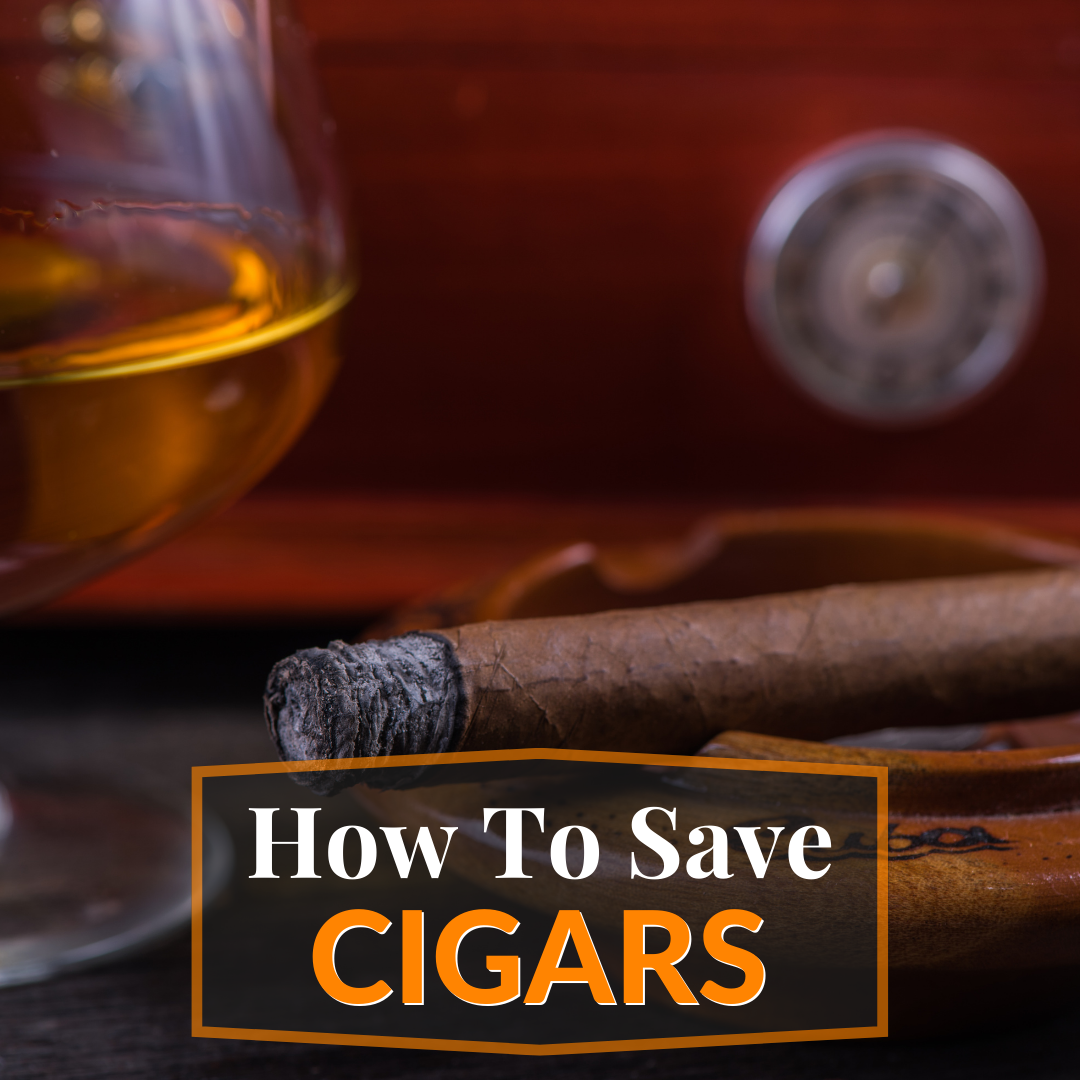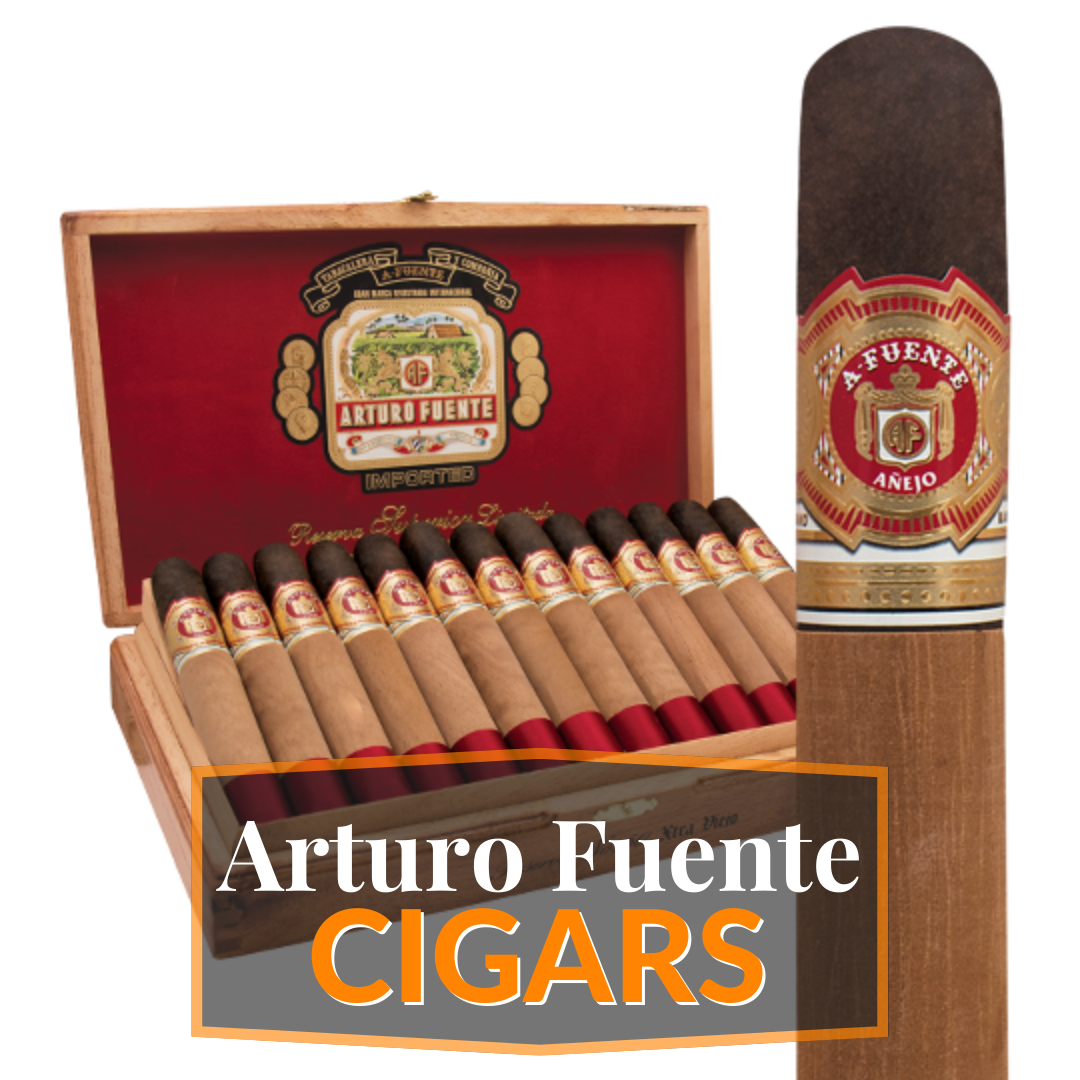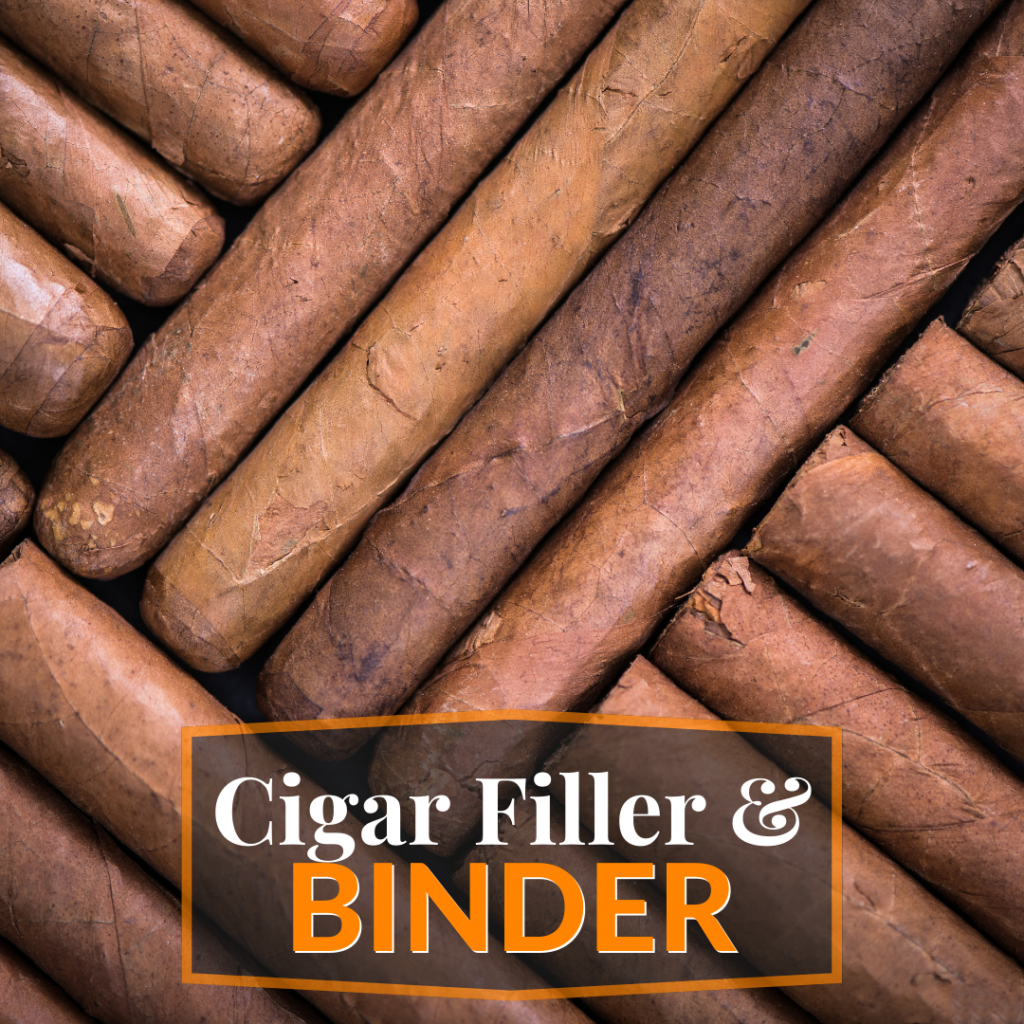
Cigars are a complex and fascinating blend of different components that contribute to their unique flavors and characteristics. Two key elements of a cigar blend are the filler and binder. Understanding the role of the filler and binder is essential for cigar enthusiasts and connoisseurs.
The first section of this article will delve into the concept of a cigar filler, exploring the types of filler leaves and the factors that affect the flavor profile of the filler. It will then discuss the purpose and characteristics of a cigar binder and the different types of binder leaves commonly used.
Next, the section will emphasize the importance of the blend in cigars, explaining how achieving balance and complexity is essential for a satisfying smoking experience. It will highlight the role of the filler and binder in creating the desired blend.
Furthermore, the section will examine the various factors that influence the cigar blend, including the origin and quality of the tobacco used, the aging and fermentation processes, and the skill and expertise of the cigar blender.
To conclude the first section, the article will touch on popular cigar blends, discussing medium-bodied, full-bodied, and flavored cigar blends, providing readers with a diverse range of options to explore and enjoy. By the end of this article, readers will have a deeper understanding of the blend components and factors that contribute to the rich and diverse world of cigars.
Key takeaway:
- Cigar filler and binder contribute to the taste: The filler leaves in a cigar play a significant role in determining the flavor and strength of the cigar. The binder holds the filler together and impacts the combustion and draw of the cigar.
- Different types of filler and binder leaves: Cigar fillers can be made from various tobacco leaves, including ligero, seco, and volado. The blend of these leaves affects the taste and complexity. The binder leaves provide structural integrity and can be made from various tobaccos such as Connecticut, Habano, or Sumatra.
- The blend is crucial for a great cigar: Achieving a balanced and complex blend is essential for a satisfying cigar experience. The proper combination of filler and binder leaves determines the overall taste, strength, and aroma of the cigar.
What is a Cigar Filler?
When it comes to enjoying a fine cigar, understanding the different components that make up the blend is essential. In this section, we’ll dive into the world of cigar fillers. Discover the various types of cigar filler leaves and how they contribute to the overall flavor profile. Uncover the factors that can influence the taste and aroma of the cigar filler, ensuring a delightful smoking experience. So, grab your favorite cigar cutter and let’s explore the captivating world of cigar fillers!
Types of Cigar Filler Leaves
The flavor characteristics and origin of filler leaves categorize the various types of cigar filler leaves available.
| 1. Cuban Tobacco Leaves | – These leaves are grown in Cuba and are known for their rich and full-bodied flavor |
| 2. Dominican Republic Tobacco Leaves | – Grown in the Dominican Republic, these leaves offer a balance of strength and complexity |
| 3. Nicaraguan Tobacco Leaves | – The leaves grown in Nicaragua are famous for their bold and spicy profiles |
| 4. Honduran Tobacco Leaves | – Grown in Honduras, these leaves deliver a medium to full-bodied experience |
| 5. Brazilian Tobacco Leaves | – Grown in Brazil, these leaves add a touch of sweetness and earthiness to the blend |
Each type of filler leaf contributes its unique characteristics to the overall flavor profile of the cigar. The highly sought-after Cuban tobacco leaves provide an intense and distinctive taste. Conversely, the Dominican Republic tobacco leaves offer enthusiasts a well-rounded experience with a balanced combination of flavors.
It’s important to note that the smoking experience greatly depends on the selection of filler leaves. Cigar enthusiasts often have personal preferences for the types of filler leaves they enjoy, whether they favor the boldness of Nicaraguan tobacco or the complexity of blends with a combination of different origins.
By familiarizing themselves with the different types of filler leaves available, enthusiasts can make well-informed decisions about which cigars align with their taste preferences and desired smoking experience.
Factors Affecting the Flavor of Cigar Filler
To gain an understanding of the elements that impact the flavor of cigar filler, one must take into account the type of tobacco leaf utilized and the curing process it goes through. Below is a table outlining the factors that affect the flavor of cigar filler:
| Factors Affecting the Flavor of Cigar Filler | Description |
| Tobacco Variety | Different tobacco varieties, such as Criollo, Habano, and Maduro, provide distinct flavors due to variations in their chemical composition. |
| Growing Conditions | The soil composition, climate, and altitude where the tobacco is cultivated influence the flavor profile of the filler leaf. |
| Leaf Position | The position of the leaf on the tobacco plant affects its flavor. Leaves closer to the top of the plant tend to be sweeter and milder, while lower leaves can be fuller and more robust. |
| Curing and Fermentation | The curing and fermentation processes play a crucial role in developing the desired flavors. Properly timed and controlled fermentation can enhance the complexity and richness of the filler leaf. |
| Leaf Aging | Allowing the filler leaf to age for an appropriate period can mellow harsh flavors and create a more refined taste. |
By taking these factors into consideration, cigar manufacturers can meticulously choose and blend filler leaves to create cigars with a wide range of flavor profiles. It is the combination of these factors that contributes to the unique and enjoyable experience sought after by cigar enthusiasts.
What is a Cigar Binder?
Discover the crucial role of the cigar binder – the unsung hero of every well-made cigar. Unveiling its purpose and unique characteristics, we will dive into the fascinating world of cigar binders. From exploring the various types of binder leaves to unraveling their distinct qualities, this sub-section invites you to deepen your understanding of the craftsmanship that goes into creating the perfect blend of a cigar. Get ready to indulge in a journey through the intricate art of cigar making.
Purpose and Characteristics of Cigar Binder
The purpose and characteristics of a cigar binder play a crucial role in maintaining the structural integrity of a cigar and influencing its flavor profile. The binder acts as a sandwich between the filler and wrapper leaves, holding the filler leaves together and providing structural integrity. It is usually coarser and thicker than the filler leaves, ensuring the cigar maintains its shape during the rolling process and while being smoked.
One of the characteristics of a cigar binder is its burn rate, which should be similar to that of the filler leaves to ensure an even burn throughout the cigar. Additionally, the binder contributes to the overall flavor of the cigar, enhancing the smoking experience. It should complement the flavors of the filler, adding complexity and depth to the taste profile.
Various types of binder leaves are used, such as Connecticut Broadleaf, Corojo, Habano, and Sumatra. Each type brings its own unique characteristics to the blend, whether it be spiciness, sweetness, or earthiness.
Types of Cigar Binder Leaves
When it comes to the overall blend and flavor profile of a cigar, the different types of cigar binder leaves play a crucial role. Let’s explore the various types:
Habano binder: These binder leaves are renowned for their rich flavor and strong aroma. Premium cigars often incorporate Habano binder leaves to add complexity and depth to the smoking experience.
Connecticut Shade binder: If you prefer a milder flavor, look for cigars with Connecticut Shade binder leaves. These leaves have a lighter color and contribute to a smoother and creamier smoking experience.
Maduro binder: For a sweeter and fuller flavor, cigars with Maduro binder leaves are an excellent choice. These leaves undergo a longer fermentation process and are commonly found in cigars that offer a rich and bold taste.
Sumatra binder: Versatile and widely used, Sumatra binder leaves add a slightly spicy and earthy taste to the blend. You can find them in a diverse range of cigars.
Criollo binder: Known for their aromatic qualities, Criollo binder leaves bring a distinctive sweetness to the cigar. They are often used in medium to full-bodied blends.
By understanding the different types of cigar binder leaves, cigar enthusiasts can select cigars that perfectly match their taste preferences and desired smoking experience. The true history of cigar blending has been shaped by the availability of various types of binder leaves throughout the ages. From the discovery of tobacco in the Americas to the cultivation and selection of different tobacco varieties, cigar makers have continuously experimented with binder leaves to craft unique and captivating flavors for cigar aficionados worldwide. Today, the diverse range of binder leaves offers endless possibilities for blending, ensuring that there is a cigar to suit every discerning palate.
The Importance of Blend in Cigars
Blend is everything when it comes to cigars. In this section, we’ll uncover the true significance of blend and how it affects your smoking experience. From achieving the perfect balance and complexity to understanding the crucial role of filler and binder, we’ll explore the artistry and craftsmanship that goes into creating an exceptional cigar blend. So sit back, relax, and prepare to discover the secrets behind the finest cigars in the world.
Achieving Balance and Complexity
When it comes to cigars, achieving balance and complexity is essential for a satisfying smoking experience. Here are key factors to consider:
- Blend of filler leaves: The combination of different tobacco leaves in the filler is crucial. Blending various leaves from different regions can create a balance of flavors and aromas.
- Ratio of different tobacco leaves: The proportions of different leaves in the filler play a significant role in achieving balance and complexity. Adjusting the ratio of ligero, viso, and seco leaves can impact the strength, flavor, and aroma of the cigar.
- Binder choice: The binder leaf is responsible for holding the filler leaves together. A well-chosen binder can contribute to the overall balance and complexity of the cigar.
- Aging process: Properly aged tobacco allows the flavors to develop and harmonize over time, enhancing the balance and complexity of the cigar.
- Craftsmanship: The skill and expertise of the cigar blender are vital in attaining the desired balance and complexity. Master blenders carefully select and blend tobacco leaves to create a harmonious and complex flavor profile.
Fun fact: To achieve balance and complexity in cigars, a delicate dance between the selection of tobacco leaves, the blending process, and the influence of time is required.
The Role of Filler and Binder in Cigar Blend
The role of filler and binder in a cigar blend is vital in determining both the overall flavor and construction of the cigar. The filler, which consists of long leaves of tobacco, is responsible for imparting body and strength to the cigar, contributing to the complexity and balance of the blend. On the other hand, the binder serves to hold the filler leaves together, providing structural integrity to the cigar and impacting its burn and draw.
To highlight the significance of filler and binder in a cigar blend, a table presenting various types and their respective roles is provided:
| Cigar Blend | Filler Type | Binder Type | Role in Blend |
|---|---|---|---|
| Medium-bodied | Dominican Republic | Connecticut Broadleaf | Contributes to a smooth and balanced flavor profile with a hint of spiciness. |
| Full-bodied | Nicaragua | Nicaraguan Habano | Delves into a rich and robust flavor featuring earthy and peppery notes. |
| Flavored | Dominican Republic | Indonesian Sumatra | Infuses the blend with unique flavors like vanilla or coffee, further enhancing the smoking experience. |
The combination of filler and binder in a cigar blend significantly influences the smoking experience. A well-balanced mixture of filler tobaccos leads to a harmonious flavor profile, while a properly selected binder ensures an even burn and optimal airflow. Cigar enthusiasts often explore different combinations of fillers and binders to discover their preferred blend, as it is a fundamental factor in the overall enjoyment of a cigar.
Factors Influencing Cigar Blend
Curious about what makes the perfect cigar blend? Well, let’s dig into the factors that influence it! From the origin and quality of the tobacco to the crucial aging and fermentation processes, and not forgetting the mastery of the cigar blender – we’ll explore it all. So, buckle up and prepare to unravel the secrets behind crafting a truly exceptional cigar blend. Get ready for a journey into the realm of flavors, aromas, and the artistry that lies within every puff.
Origin and Quality of Tobacco
The origin and quality of tobacco are fundamental factors that play a crucial role in shaping the overall flavor and experience of a cigar. The specific region where the tobacco is grown greatly influences its characteristics, determining its unique flavor profile. For instance, the Vuelta Abajo region in Cuba is renowned for producing tobacco of exceptionally rich and complex flavors. Similarly, other regions like the Dominican Republic, Nicaragua, and Honduras also cultivate high-quality tobacco with distinct flavor profiles.
Apart from the region, several factors contribute to the quality of the tobacco. These factors include the soil composition, climate, and cultivation methods employed. The nutrient content of the soil directly impacts the development of flavors and aromas in the tobacco leaves. Likewise, the climate, encompassing temperature, humidity, and sunlight, significantly influences the maturation process of the tobacco, ultimately shaping its taste.
To ensure the finest quality, tobacco leaves need careful attention throughout their growth, harvesting, and curing. Skilled farmers and experienced cigar makers meticulously select and handle the leaves to preserve their integrity. Proper fermentation and aging processes are also crucial. These processes enable the tobacco to develop its desired flavors, reduce harshness, and enhance the complexity of the final product.
Ultimately, the origin and quality of tobacco act as fundamental differentiating factors among various cigars. Cigar enthusiasts are particularly drawn to cigars crafted from premium, well-cultivated tobacco that exemplifies the expertise and traditions of the tobacco-growing regions.
Aging and Fermentation Processes
The aging and fermentation processes play a crucial role in the development of flavors and characteristics in cigars.
| Aging Process | Fermentation Process |
| The aging process involves allowing the tobacco leaves to rest and mature for a certain period of time after harvesting. This allows for the natural breakdown of chemicals and compounds within the tobacco, resulting in smoother, more balanced flavors. | The fermentation process is the controlled breakdown of enzymes and chemical compounds in the tobacco leaves through the application of heat and pressure. This process helps to remove excess moisture, intensify flavors, and create a more consistent smoking experience. |
| Aging can range from several months to several years, depending on the desired flavor profile and the type of tobacco used. | Fermentation typically lasts for several weeks to several months, with the tobacco leaves being piled or stacked in large fermentation rooms. |
| During aging, the tobacco undergoes a gradual transformation, allowing the flavors to mellow and harmonize. This results in a more refined and complex smoking experience. | Fermentation helps to remove any harsh or bitter flavors from the tobacco leaves, as well as reduce the nicotine content for a smoother smoking experience. |
| The aging and fermentation processes are highly dependent on environmental factors such as temperature and humidity. The expertise and skill of the cigar blender are essential in determining the optimal conditions for these processes. | Proper monitoring and control of temperature, humidity, and ventilation are crucial to ensure the desired outcome of the fermentation process. |
The aging and fermentation processes are essential steps in creating well-balanced, flavorful cigars. These processes allow for the development and refinement of the tobacco’s natural characteristics, resulting in a more enjoyable smoking experience.
Skill and Expertise of the Cigar Blender
The skill and expertise of the cigar blender play a crucial role in creating exceptional cigars. This table showcases the key elements that reflect the skill and expertise of a cigar blender:
| Skill and Expertise of the Cigar Blender |
|---|
| 1. Blending Technique |
| 2. Selection of Fine Tobacco |
| 3. Understanding Flavor Profiles |
| 4. Knowledge of Aging and Fermentation |
| 5. Attention to Detail |
1. Blending Technique: A skilled cigar blender has mastered the art of blending different tobacco leaves to create a harmonious and balanced flavor profile. They know how to combine different filler and binder leaves to achieve a desired taste.
2. Selection of Fine Tobacco: Cigar blenders have a deep understanding of various tobacco regions around the world and carefully select high-quality tobacco leaves to ensure the best flavors and aromas in their cigars.
3. Understanding Flavor Profiles: A knowledgeable blender can assess the unique characteristics of each tobacco leaf and predict how they will contribute to the overall flavor profile of a cigar. They can create complex and nuanced blends that cater to different preferences.
4. Knowledge of Aging and Fermentation: Cigar blenders understand the importance of aging and fermentation processes in developing the desired flavors, aromas, and smoothness of a cigar. They carefully control these processes to enhance the overall quality of the blend.
5. Attention to Detail: Skillful blenders pay attention to every aspect of the cigar-making process, from the size and shape of the cigars to the placement of the tobacco leaves. They ensure consistency in construction, draw, and burn, resulting in a premium smoking experience.
True story: A renowned cigar blender spent years honing his craft, experimenting with different tobacco blends and refining his techniques. His dedication and expertise led him to create an exquisite cigar that became an instant sensation in the industry. His skillful blending technique and deep understanding of tobacco flavors made his cigars highly sought after by enthusiasts worldwide. His passion for perfection and relentless pursuit of excellence in every aspect of cigar making cemented his reputation as a master blender.
Exploring Popular Cigar Blends
If you’re a cigar enthusiast looking to dive into the world of popular cigar blends, you’re in for a treat. We’ll be exploring the captivating realm of medium-bodied, full-bodied, and flavored cigar blends. Get ready to uncover the distinct characteristics and flavors that make each blend unique. From the smooth and balanced experience of medium-bodied blends to the robust intensity of full-bodied options, and even the enticing infusion of flavors in flavored blends, we’ll embark on an exciting journey through the diverse landscape of cigar blends.
Medium-bodied Cigar Blends
| Medium-bodied cigar blends, such as Ashton Classic, Arturo Fuente Hemingway, and Oliva Serie G, are known for their balance and smoothness. They offer a more nuanced experience compared to full-bodied cigars. These medium-bodied cigar blends have a medium strength level, making them suitable for both beginners and experienced cigar enthusiasts. |
| The flavors and aromas of medium-bodied cigar blends are typically well-rounded, with notes of wood, nuts, and spices. They provide a satisfying smoking experience without overwhelming the palate. Some popular medium-bodied cigar blends include Ashton Classic, Arturo Fuente Hemingway, and Oliva Serie G. |
| These medium-bodied cigar blends strike a perfect balance between flavor and strength, making them versatile options for various occasions. Whether you’re lounging after dinner or celebrating a special occasion, medium-bodied cigar blends offer a pleasant and enjoyable smoking experience. |
Full-bodied Cigar Blends
To truly understand the essence of full-bodied cigar blends, it is vital to consider the types of tobacco used in both the filler and binder. The provided table demonstrates the common tobacco leaves typically found in cigars that offer a full-bodied experience.
| Filler Leaves | Binder Leaves |
| Nicaraguan Ligero | Ecuadorian Sumatra |
| Dominican Ligero | Connecticut Broadleaf |
| Honduran Ligero | Mexican San Andres |
Full-bodied cigar blends provide a truly robust and intense smoking experience. These cigars deliver higher levels of nicotine and stronger flavors compared to medium-bodied or flavored blends. The combination of filler leaves such as Nicaraguan or Dominican Ligero, along with the appropriate binder such as Ecuadorian Sumatra or Connecticut Broadleaf, results in a dynamic profile with deep complexity and a powerful aroma.
The crafting process also plays an integral role in achieving a thoroughly satisfying full-bodied blend. Skillful blending and the use of well-aged tobaccos are crucial elements. This allows for the seamless integration and harmonization of flavors, ultimately resulting in a perfectly balanced and truly flavorful smoke.
Fun Fact: Full-bodied cigars are immensely favored by experienced smokers who genuinely appreciate the boldness and richness of flavor they provide.
Flavored Cigar Blends
Flavored cigar blends offer a unique and enjoyable smoking experience, combining the rich flavors of premium tobacco with delicious added tastes. These blends are created by infusing the tobacco leaves with various natural extracts, allowing the flavors to infuse throughout the aging process.
| 1. Vanilla | A popular choice, vanilla-flavored cigars provide a smooth and creamy taste with hints of sweetness. The subtle vanilla flavor enhances the tobacco’s natural flavors, creating a satisfying smoke. |
| 2. Cherry | For those who prefer a sweet and fruity touch, cherry-flavored cigars are an excellent option. The infusion of cherry extract adds a tangy and luscious flavor that pairs well with the tobacco’s richness. |
| 3. Coffee | Coffee-flavored cigars are perfect for enthusiasts who enjoy the aroma and taste of roasted coffee beans. The combination of coffee and tobacco creates a harmonious blend, offering a smooth and slightly bitter flavor. |
| 4. Chocolate | Indulge in the decadent and rich flavors of chocolate-infused cigars. The deep, velvety notes of chocolate complement the tobacco’s earthiness, resulting in a luxurious and satisfying smoke. |
| 5. Rum | Rum-flavored cigars provide a delightful fusion of sweetness and warm spices. The infusion of rum adds depth and complexity to the tobacco, creating a flavorful and aromatic smoking experience. |
It is important to note that flavored cigar blends can vary in intensity, with some offering a subtle hint of flavor while others provide a more pronounced taste. The choice of flavored cigar blends ultimately depends on personal preference, as each option offers a distinct and enjoyable smoking experience.
Some Facts About Cigar Filler and Binder: Exploring the Blend:
- ✅ A cigar is made up of three main parts: fillers, binders, and wrappers. (Source: Swiss Cuban Cigars)
- ✅ The filler tobacco determines the strength and flavor of the cigar. (Source: Our Team)
- ✅ Fillers can be made of long filler, consisting of whole leaves, or short filler, chopped tobacco pieces. (Source: Swiss Cuban Cigars)
- ✅ The binder leaf is mainly a structural component that holds the cigar together. (Source: Our Team)
- ✅ The quality and combination of filler and binder leaves contribute to the overall flavor complexity of the cigar. (Source: Our Team)
Frequently Asked Questions
What are the different parts of a cigar?
A cigar is made up of three parts: the wrapper, binder, and filler.
What is the role of the wrapper in a cigar?
The wrapper is the outer tobacco leaf and is responsible for the majority of the flavor in a cigar.
Where does Findy Cigars source their wrapper tobacco from?
Findy Cigars sources their wrapper tobacco from quality plants in Ecuador.
What is the purpose of the binder leaf in a cigar?
The binder leaf is used to bind or compact the filler tobacco and provides structure rather than taste.
Where does Findy Cigars get their binder leaves from?
Findy Cigars uses better quality binder leaves from Indonesia to add more flavor complexity.
What determines the strength and flavor of a cigar?
The filler tobacco, which makes up the middle of the cigar, determines the strength and flavor. Different varieties of filler leaves contribute to the overall profile of the cigar.


